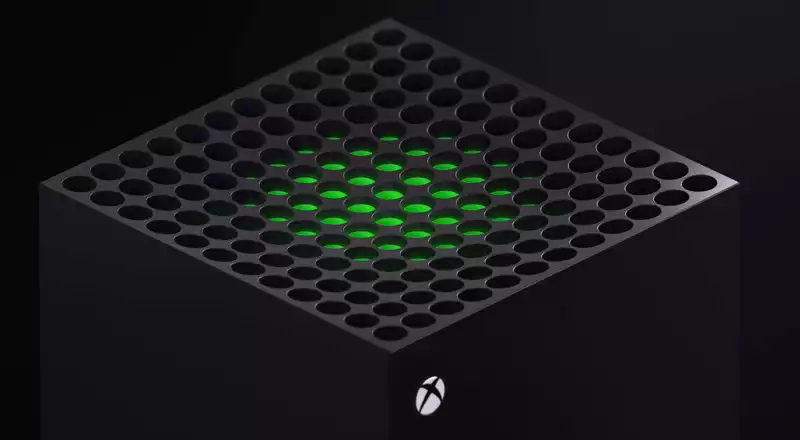According to Microsoft, the next-generation Xbox Series X game console will feature a GPU based on AMD's second-generation Radeon DNA architecture (RDNA 2), which will deliver up to 12 teraflops of graphics performance.
This means that the Xbox Series X GPU will be twice as powerful as the Xbox One X GPU and more than eight times as powerful as the Xbox One. More interesting for us, however, is the comparison with PC graphics cards.
Microsoft is presumably referring to single-precision floating point (FP32) performance, as is common with these metrics; the Xbox Series X GPU is 12 TFLOPs, slightly faster than Nvidia's GeForce RTX 2080 Super, currently the gaming graphics card, just shy of Nvidia's 2080 Ti, which is currently the best graphics card for gaming.
Here is a breakdown of the TFLOPs for AMD and Nvidia graphics cards:
There are different views on this. Analyzing just the raw FP32 numbers, the Xbox Series X offers about 20% more graphics power than AMD's Radeon RX 5700 XT. It also outperforms the 2080 Ti by 1.45 TFLOPs. However, other factors such as underlying architecture and memory configuration also affect performance.
RDNA 2 will be included in AMD's upcoming consumer Navi GPUs. These are chips that will provide hardware support for real-time ray tracing, possibly faster performance and better power efficiency. Microsoft and Sony are using AMD's custom silicon in their upcoming consoles, which gives us a rough idea of what to expect from the PC version.
There will probably be no direct PC equivalent. However, there will certainly be both slower and faster versions in the form of graphics cards, and given what Microsoft has just revealed, we think it is likely that the upcoming Navi cards will be as fast or faster than Nvidia's current top products in the consumer segment. There is good reason to believe that they could be at At least until Nvidia announces its next generation card (Ampere).
"The Xbox Series X will deliver a true generational leap in processing power and graphics power, with cutting-edge technology that delivers higher frame rates, larger and more sophisticated game worlds, and an immersive experience never before seen in console gaming," Microsoft said.
This part will not necessarily be true for PCs; AMD's next-generation Navi parts will likely bring equivalence to cards that already exist. This will allow more games to be played in 4K on AMD hardware, but 4K gaming itself is already feasible.
As for game performance, Microsoft claims "support for up to 120 fps". Further details are needed to read something from this, such as the resolution Microsoft is talking about (most likely 1080p), the graphics settings, and specifically what games can achieve 120fps. [i.e., support for variable rate shading (VRS) and hardware accelerated DirectX Raytracing (DXR).
We already knew the latter was coming, and the former was expected; Nvidia offers both in its latest GeForce GPUs; DXR is the Microsoft API that drives most of the ray-tracing workloads in today's games; and VRS is the Microsoft API that drives most of the shading workloads in games today, VRS is a technique that optimizes GPU resources by reducing the shading rate in areas of the image "with little or no decrease in perceived output quality. Microsoft touts this as a "free" performance improvement.
The Xbox Series X is expected to arrive in the holiday season of 2020; AMD has already confirmed that the next-generation Navi GPU for PCs will be available this year, but it is not yet clear whether it will appear before or after the next console launch AMD has not yet confirmed whether it will appear before or after the launch of the next console. Nevertheless, at least we know what to expect in terms of performance.


Comments